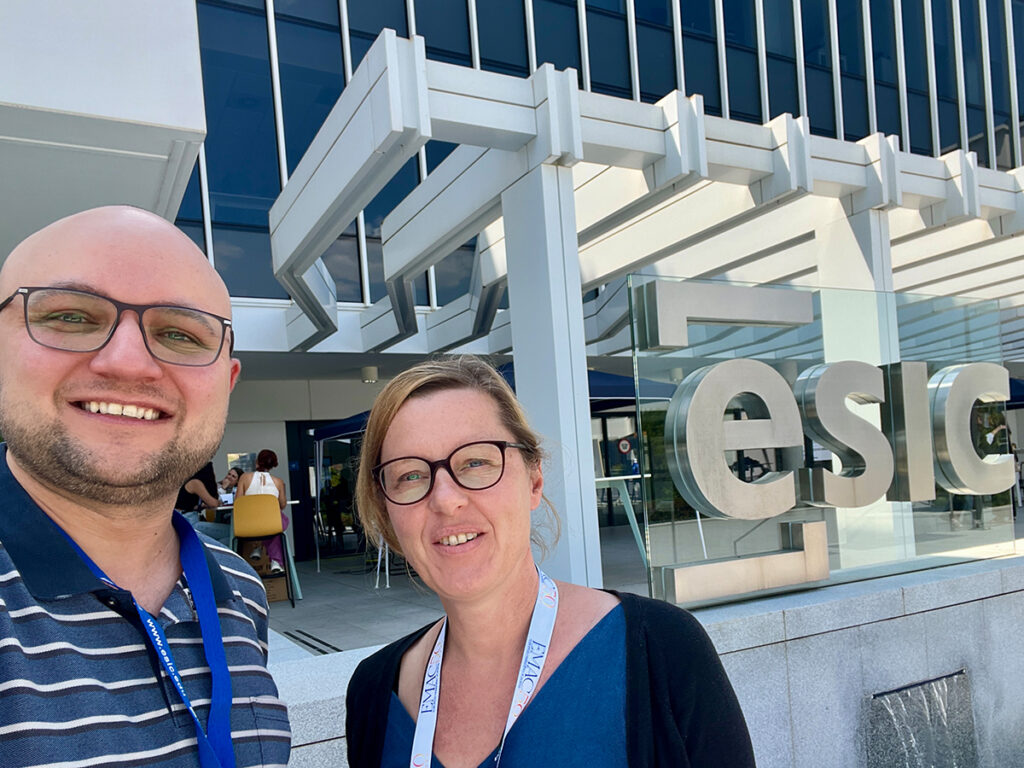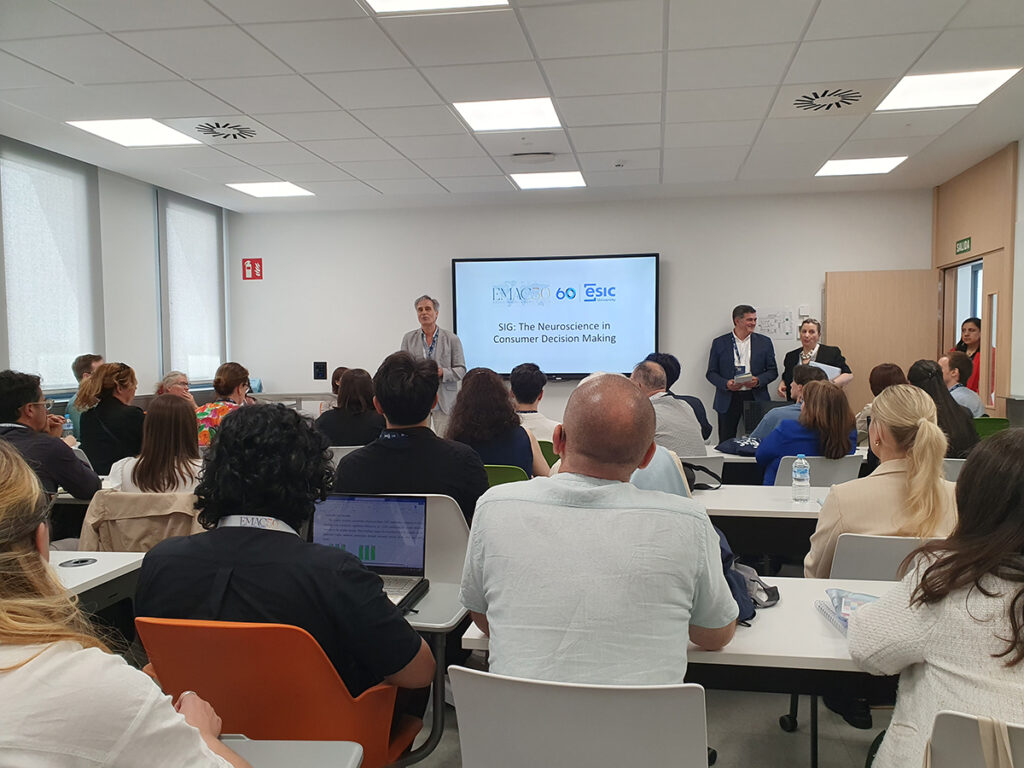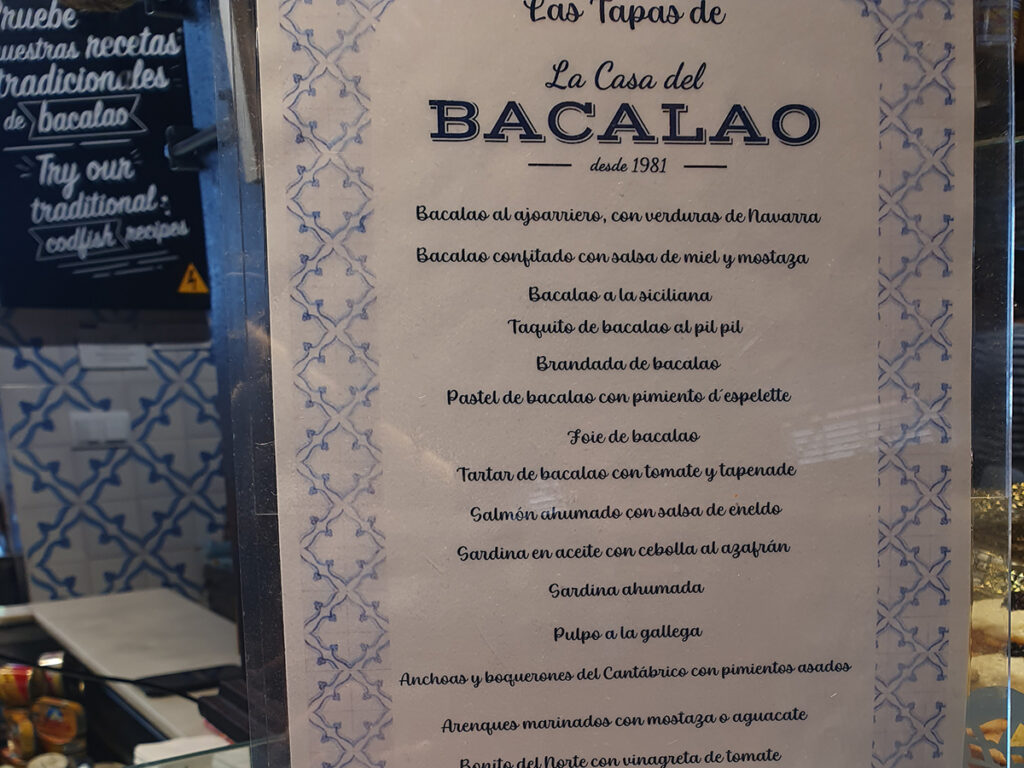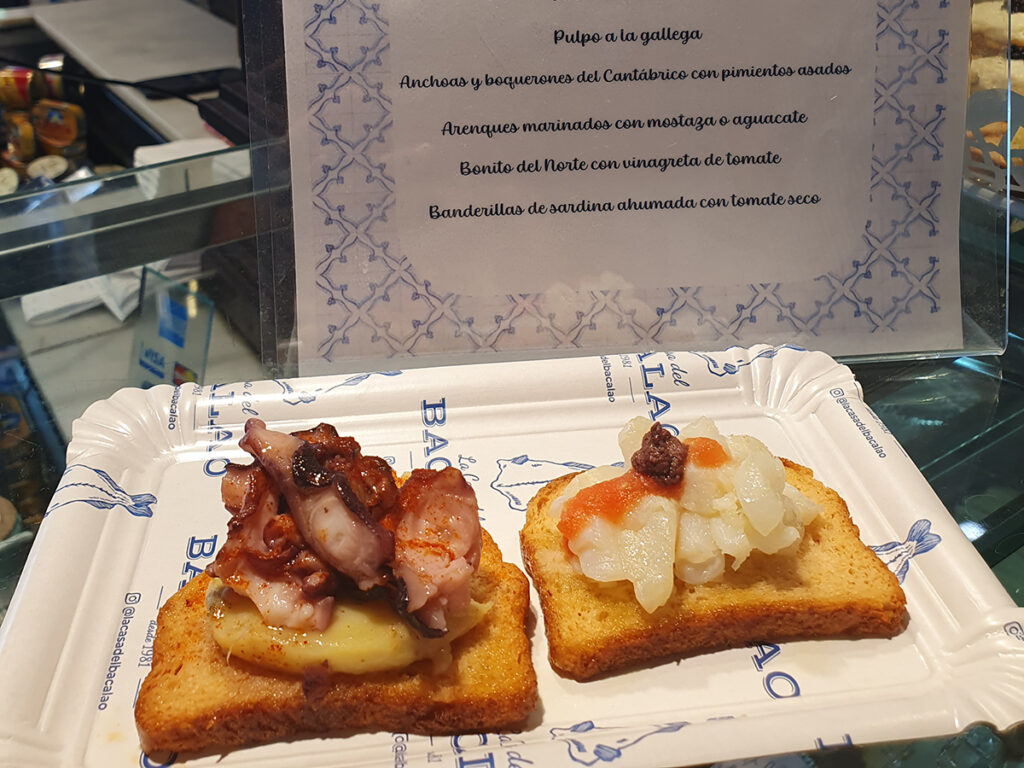At EMAC 2025, researchers from FHWien der WKW showcased how microblog data can shed light on tourism destination images – and why service staff working abroad are often viewed more critically by compatriot tourists.
From May 27 to 30, 2025, the renowned EMAC Annual Conference took place in Madrid. With around 1,300 international participants, it remains one of the most important academic conferences in the field of marketing. FHWien der WKW was prominently represented by the Marketing & Sales Management study programs with two research contributions:
Ilona Pezenka presented findings on data-driven analysis of tourism destinations, while David Bourdin explored the tension between cultural and social stereotypes regarding migrant service employees abroad.
How Microblog Data Can Reshape Destination Perception
Ilona Pezenka’s presentation, “Decoding Destination Image and Performance: Insights from Microblog Metrics,” demonstrated how modern text-mining techniques can be used to analyze the public image of destinations based on posts from the platform X (formerly Twitter). Drawing from over 88,000 posts about Brazilian coastal towns, the study examined how 14 distinct tourism types – including cultural, city, sports, and health tourism – are positioned in public perception.
Using an Importance-Performance Analysis (IPA) model, the study evaluated not only the frequency of mentions (importance) but also the sentiment associated with them (performance). Unlike traditional surveys, this method enables real-time analysis and offers authentic, unfiltered insights. The analysis is based on standardized tourism categories from the UNWTO, making benchmarking possible. Both the volume and the tonality of keywords were assessed to produce a comprehensive picture of each destination’s image. For cities like Florianópolis or Rio de Janeiro, this allows for concrete strategic recommendations:
- Which types of tourism are already well-established and viewed positively?
- Where is there room for improvement?
The IPA model is a proven tool for assessing and prioritizing strengths and weaknesses. It compares two dimensions: the importance of a specific criterion and how well the subject actually performs in that area. Results are visualized in a two-dimensional matrix:
|
This methodology can be applied globally and helps destinations refine their brand profiles and target their marketing efforts more effectively.
Why Tourists Judge Their Fellow Countrymen More Harshly in Service Roles Abroad
Culturally familiar, yet socially devalued – David Bourdin presented the study “The Conflict Between Social Distance and Cultural Proximity in Service Encounters with Compatriot Migrant Employees While on Vacation Abroad,” conducted in collaboration with Ana María Garcés Vidal (alumna of IMC University of Applied Sciences Krems).
The researchers investigated how tourists respond to service employees with local (American) vs. non-local (Mexican) accents. The study also examined whether these reactions varied based on the type of service, the tourists’ cultural openness, or their country of origin.
In an online experiment involving 247 participants from Austria and Mexico, respondents listened to short audio scenarios across three service contexts—hotel, airline hotline, and Mexican restaurant – each spoken in either American or Mexican-accented English. The key findings were:
- Mexican tourists held more negative biases (regarding traits such as competence, friendliness, and energy) toward employees with a Mexican accent in the U.S. than did Austrian tourists. These stereotypes were socially rather than culturally rooted. Educated and well-traveled Mexicans seemed to look down on fellow nationals working in lower-status service roles abroad.
- However, these prejudices did not necessarily affect expectations of service quality. A Mexican waiter abroad, for instance, might be perceived as “less competent,” yet still expected to deliver good service – partly due to the assumed shared cultural background.
- Furthermore, while accents are often judged negatively in neutral service settings like hotels or airlines, they can become assets in contextually relevant environments. A Mexican accent in a Mexican restaurant, for example, enhances the sense of authenticity.
- Cultural openness influenced perceptions, though not always in expected ways. Austrians with low openness judged foreign accents more harshly. Among Mexicans, however, a paradox emerged: those with higher cultural openness were more critical of fellow Mexicans with accents. In this tourism setting, an American accent appeared to better match the expected “authentic” vacation experience in the U.S. – even for Mexican travelers who see themselves as open-minded.
To learn more about research in the Marketing & Sales Management study programs at FHWien der WKW click >> here






